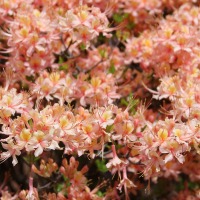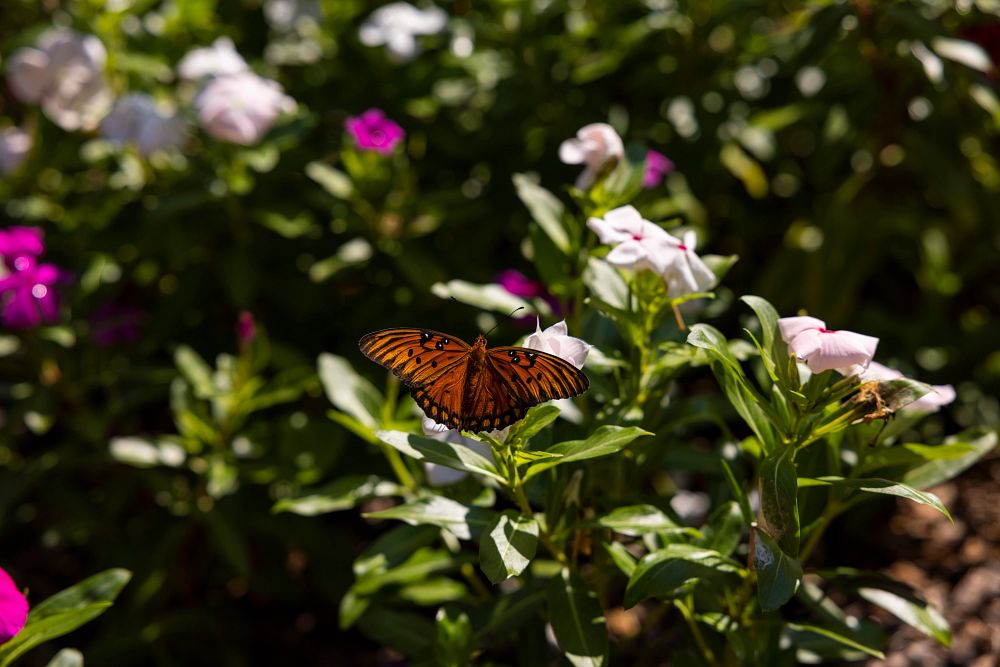Spring-flowering plants are beginning to pop with color. As soon as their color fades, landscapers can prepare to prune and groom these plants.
Because flowering ornamentals form their flower buds at different times of the year, pruning times must be adjusted accordingly. Many spring-flowering plants, such as azalea, dogwood, forsythia, redbud and rhododendron, set flower buds in the fall, so pruning during the fall or winter months would eliminate or decrease their spring flower display.
Plants that typically flower during the summer form flower buds on new growth and can be pruned during the winter without affecting their flowering. Examples of this type of plant include crape myrtle and abelia.
As a general rule, plants that flower before May should be pruned after they bloom, while those that flower after May are considered summer-flowering and can be pruned just prior to spring growth.
Exceptions to this rule include the oakleaf hydrangea, a summer-flowering shrub that forms flower buds during the previous season, and the late-flowering azalea cultivars that bloom during May, June or even July. Prune both the oakleaf hydrangea and these azalea cultivars after they bloom.
Ornamental plants that are not grown for their showy flowers can be pruned in late winter, spring or summer months. Avoid pruning during the fall or early winter because it may encourage tender new growth that is not sufficiently hardened to resist the winter cold.
Some shade and flowering trees – maple, birch, dogwood, beech, elm, willow, flowering plum and flowering cherry – tend to bleed or excrete large amounts of sap from pruning wounds.
Sap excreted from the tree is not harmful, but it is unsightly. To minimize bleeding, prune these trees after the leaves have matured. Leaves use plant sap when they expand, so the tree excretes less sap from the wound after leaves have matured.
The following plants should be pruned after they produce flowers: azalea, beauty bush, bigleaf hydrangea, Bradford pear, bridal wreath spirea, clematis, climbing roses, crabapple, deutzia, dogwood, doublefile viburnum, flowering almond, flowering cherry, flowering quince, forsythia, Japanese kerria, Japanese pieris, lilac, mock-orange, oakleaf hydrangea, pearlbush, pyracantha, redbud, saucer magnolia, star magnolia, shrub honeysuckle, thunberg spirea, Vanhoutte spirea, Weigelia, winter daphne, wisteria and witch hazel.
For more information on pruning, see the University of Georgia Cooperative Extension publication “Pruning Ornamental Plants in the Landscape” at http://extension.uga.edu/publications/detail.cfm?number=B961.







